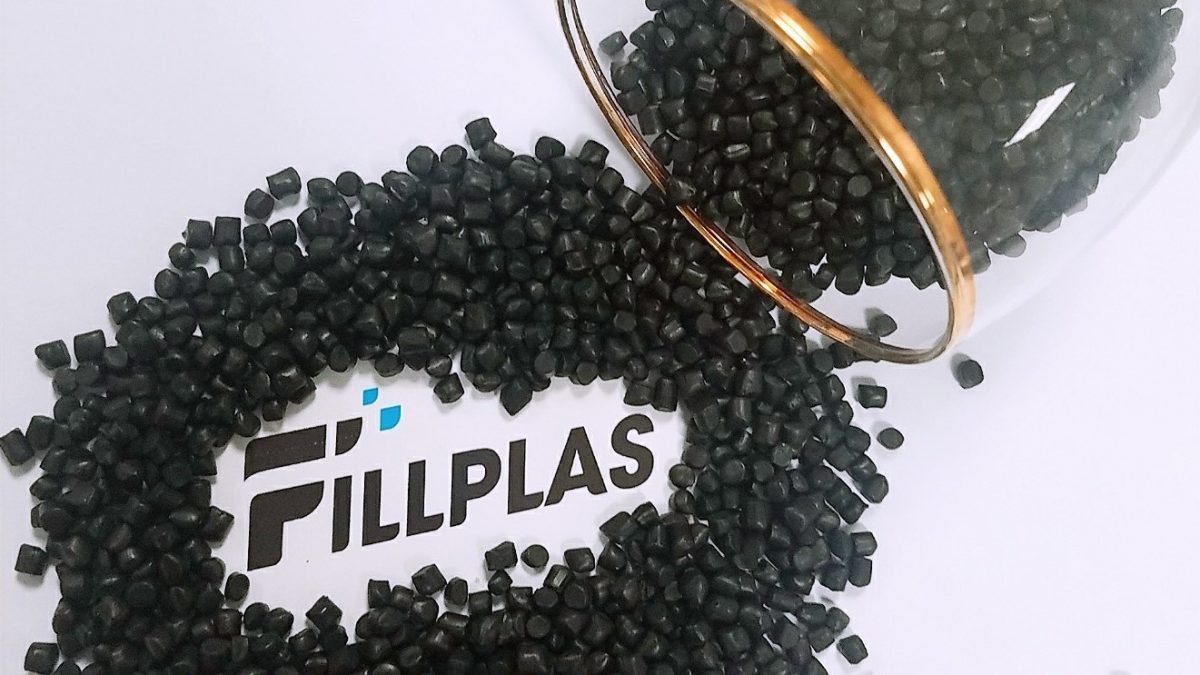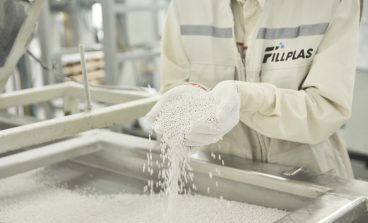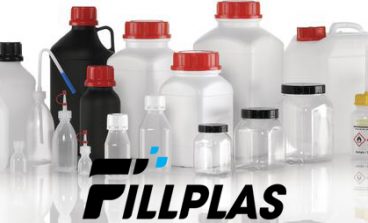
Black masterbatch is a material of carbon black, carrier resin, and other additives. Carbon black is a group of intensely black, finely divided forms of amorphous carbon usually obtained as soot from partial combustion of hydrocarbons, used principally as reinforcing agents in automobile tires and other rubber products but also as extremely black pigments of high hiding power in the printing ink, paint, and carbon paper. Carbon black is also used in protective coatings, plastics, and resistors for electronic circuits.
Black masterbatch grades are offered for the different applications, such as film, compounding, recycling, injection molding, and pipe and profile. We will study these applications.
Film application using black masterbatch
- Plastic films are usually thermoplastics and are formed by melting for forming the film.
- Cast – Plastics extrusion can cast film which is cooled or quenched then wound up on a roll.
- The extruded film can be stretched, thinned, or oriented in one or two directions. The blown or tubular process forces air into an extruded ring to expand the film. Flat tenter frames stretch the extruded film before annealing.
- We can use calender rolls to form a film from hot polymers.
- Solution deposition is another film-forming process.
- We use skiving to scrape off a film from a solid core (sometimes used to make PTFE ( threads and tape).
- Coextrusion involves extruding two or more layers of dissimilar polymers into a single film.
- Lamination combines two or more films (or other materials) into a sandwich.
- We use extrusion coating to form a film onto another film or substrate.
Compounding application using black masterbatch
Plastic compounding is a process for adding additional materials into a molten plastic base to produce a material with desired qualities. Additives and modifiers may result in plastic with a particular color, texture, strength, and so on. A manufacturer may incorporate one or more additives into the base material in the process of plastic compounding.
While the process is different in each facility depending on the product being produced, plastic compounding typically involves several basic steps. Additives in the form of pellets, flakes, or powders are conveyed to a container of the molten plastic base material. The mixture goes through a number of blending and dispersal steps to incorporate these additives into the base material and achieve a homogeneous final product. Processing may also include steps to reduce the chemical volatility of the material. Once all processing steps are complete, the material is cooled and extruded into pellets, which are then packaged for distribution or sale.
Recycling application using black masterbatch
Plastic recycling is the process of recovering scrap or waste plastic and reprocessing the material into useful products. Since the vast majority of plastic is non-biodegradable, recycling is a part of global efforts to reduce plastic in the waste stream, especially the approximately 8 million tons of waste plastic that enters the Earth’s ocean every year.
Generally, plastic recyclables are shredded. These shredded fragments then undergo processes to eliminate impurities like paper labels. This material is melted and often extruded into the form of pellets which are then used to manufacture other products.
Injection molding application using black masterbatch
Injection molding is a manufacturing process for producing parts by injecting molten material into a mold. This application is the most commonly thermoplastic and thermosetting polymer. Material for the part is fed into a heated barrel, mixed (Using a helical shaped screw), and injected (forced) into a mold cavity, where it cools and hardens to the configuration of the cavity.
Pipe and profile application using black masterbatch
Plastics extrusion is a high-volume manufacturing process in which they melt and form raw plastic into a continuous profile. Extrusion produces items such as pipe/tubing, fencing, deck railings, window frames. This process starts by feeding plastic material (pellets, granules, flakes, or powders) from a hopper into the barrel of the extruder. The mechanical energy melts the material gradually generated by turning screws and by heaters arranged along the barrel. The molten polymer is then forced into a die, which shapes the polymer into a shape that hardens during cooling.
Fillplas has black masterbatch material and you could visit Fillplas website for more information.



